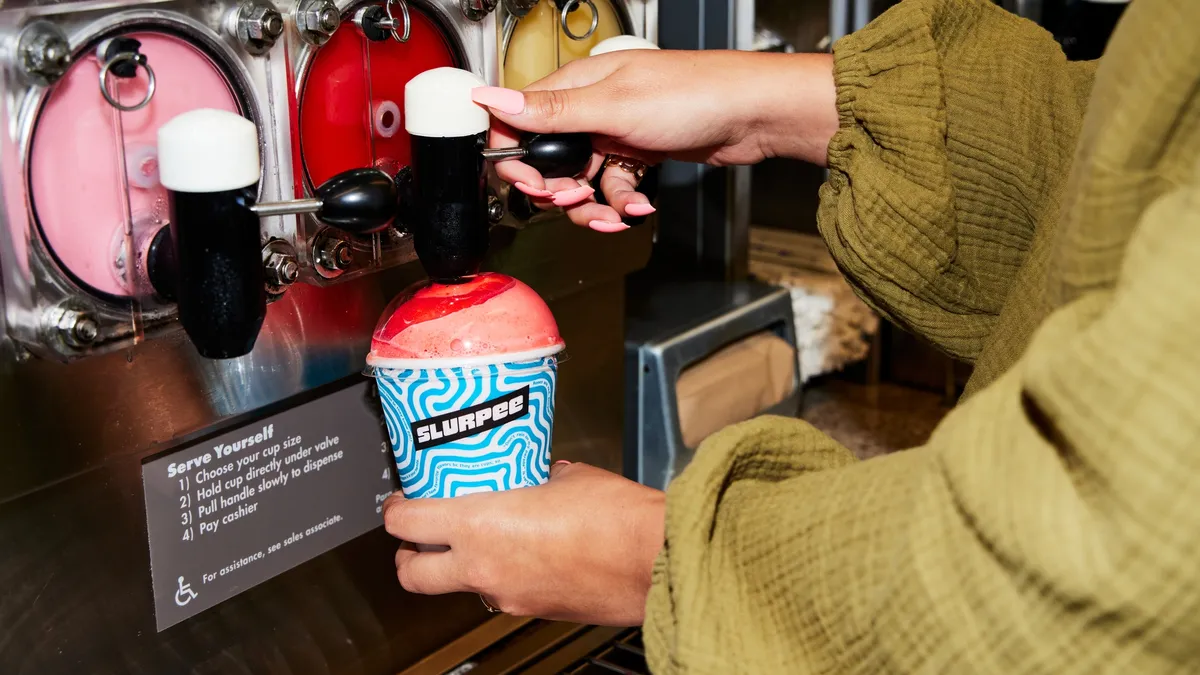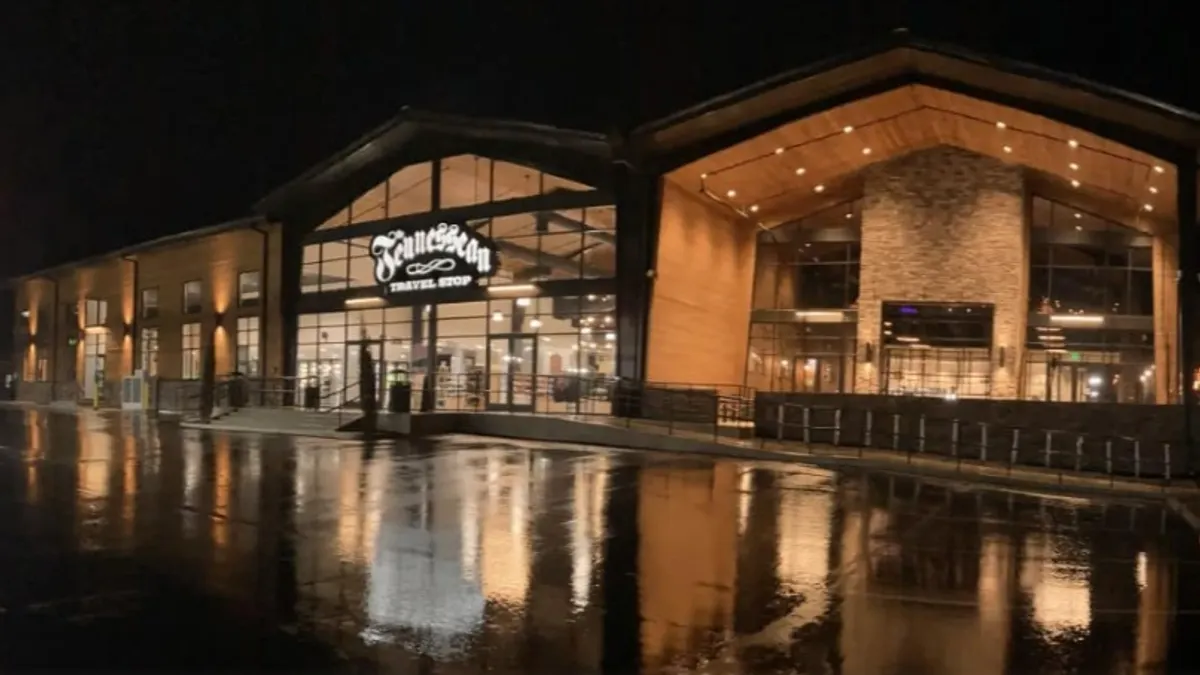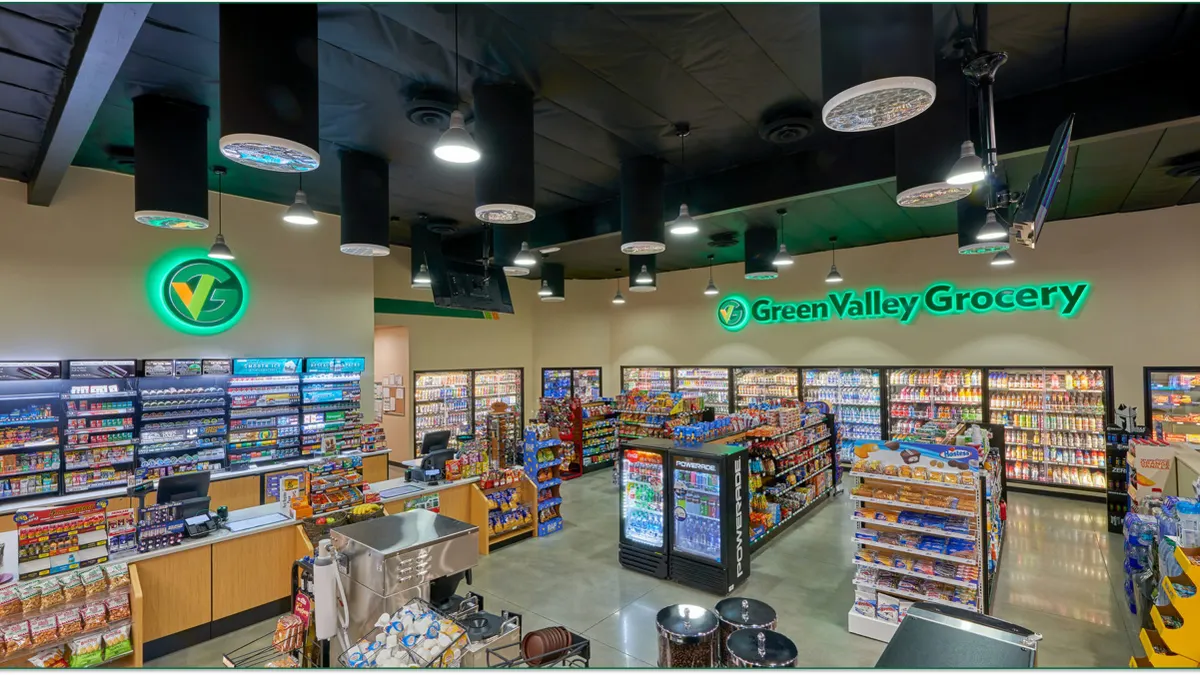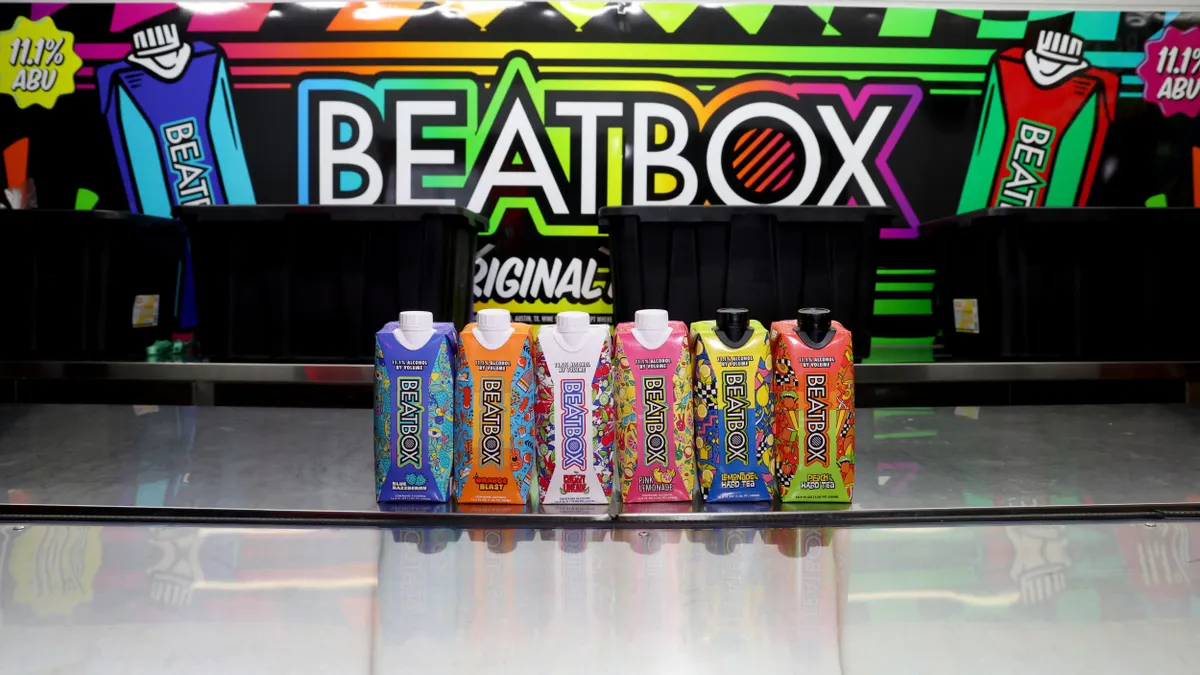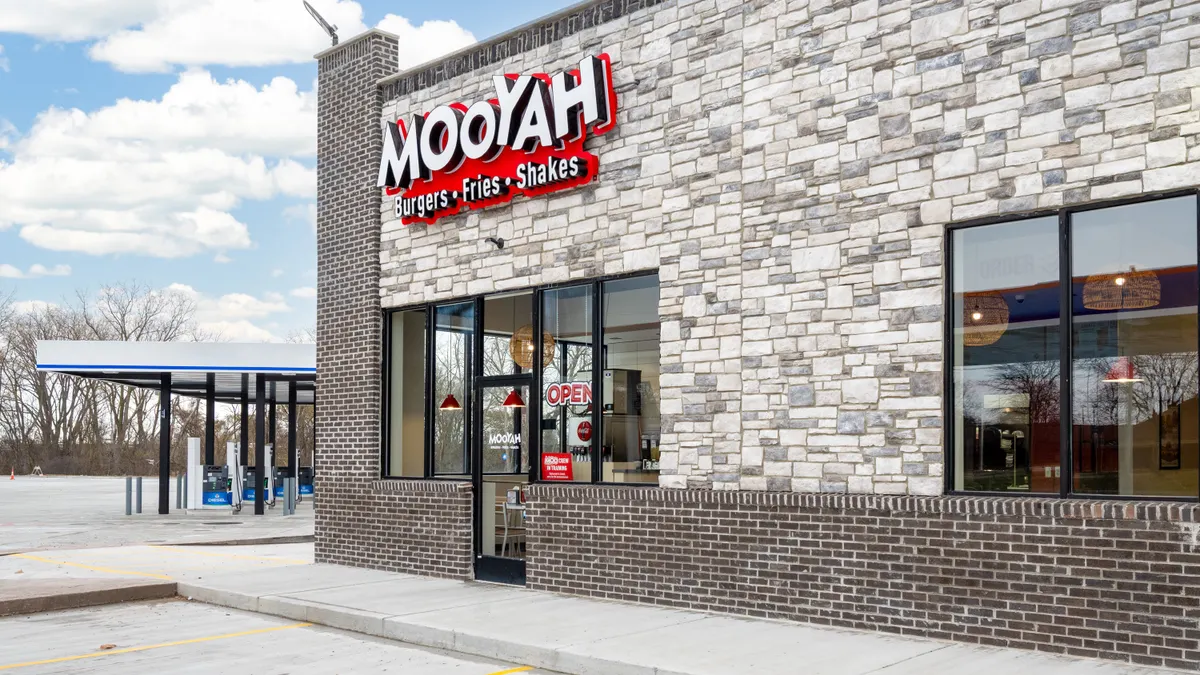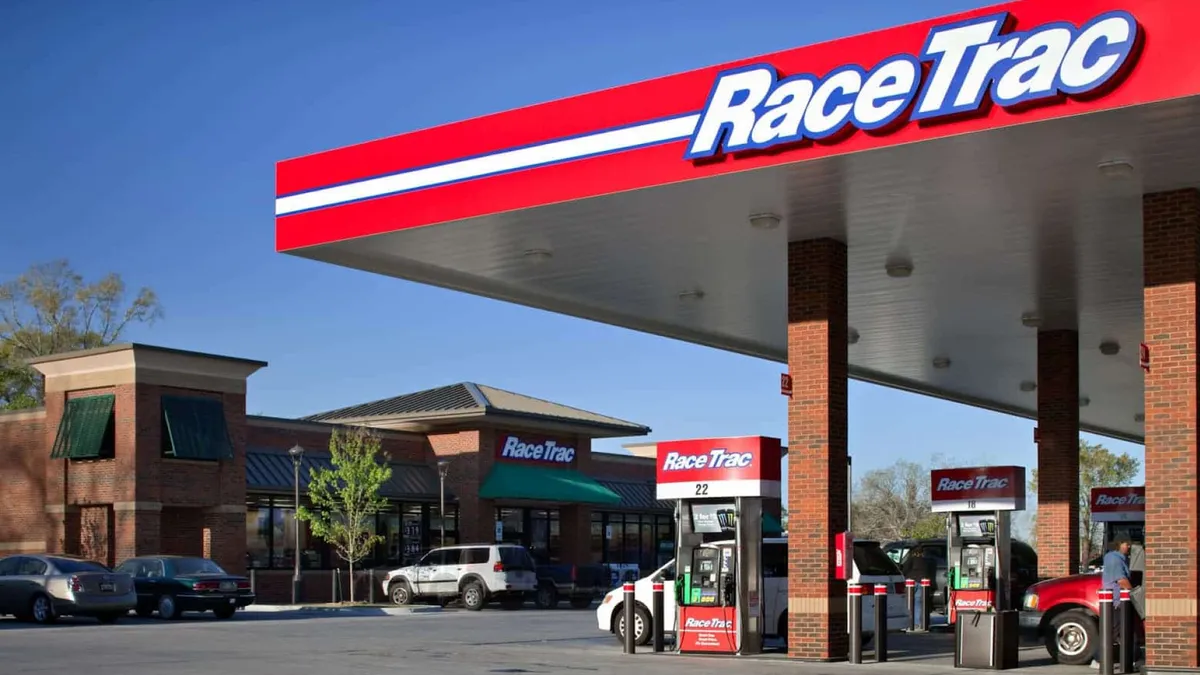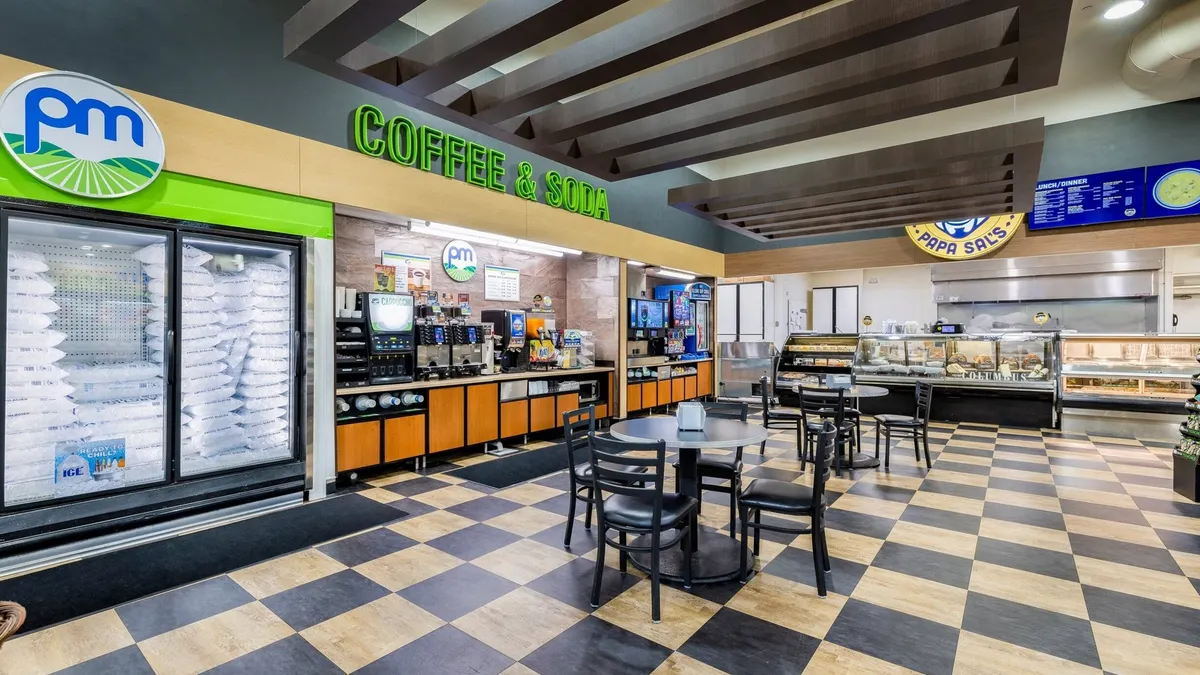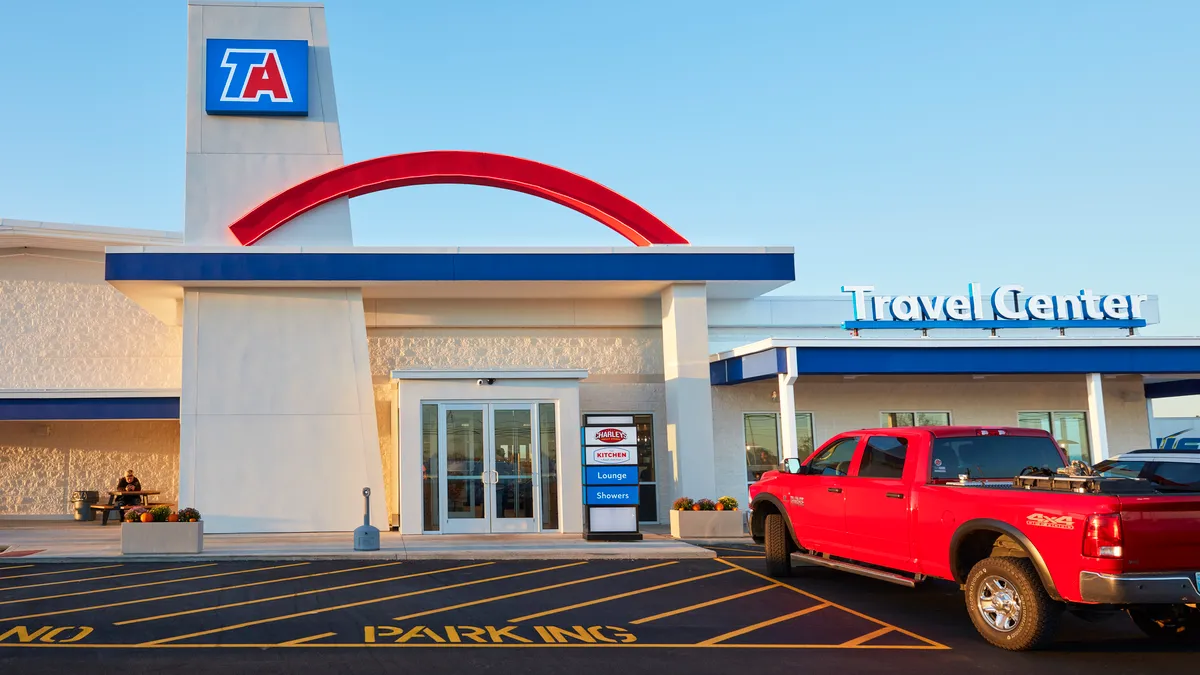Convenience retail leaders are increasingly looking to differentiate themselves from the crowd and turn their stores into destinations rather than just pit stops.
One of the ways they’re looking to do just that is through store format innovation. Murphy USA recently ran a nine-store pilot of a new design based on insights it garnered from its QuickChek locations. The new design incorporates the same queue layout as QuickChek, moves the grab and go section back further in the store and improves the counter in the grab-and-go area.
The pilot was so successful, Murphy plans to renovate 50 more locations to the new design in 2024.
And it’s far from alone in this experimentation. Below are some of the top c-store formats that companies tested out in 2023.
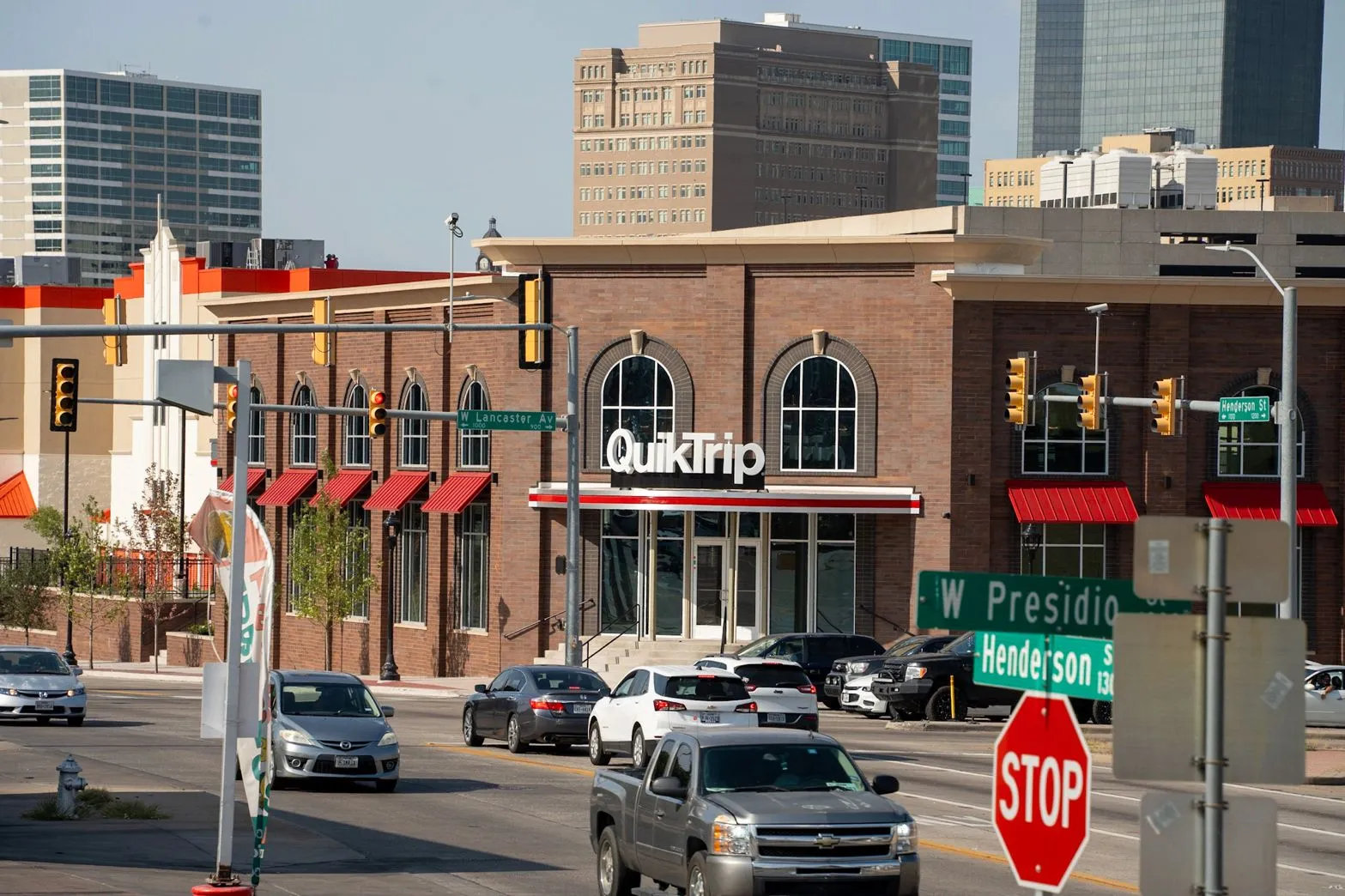
Two-story showcase
Stores are going bigger. Buc-ee’s massive stores are cropping up all over the U.S., while other companies are leaning heavily into travel center locations, or just upsizing their traditional store models to offer more to guests.
But what can retailers do when they want more room in the store but don’t have that extra room on the lot?
Simple. Go vertical.
Paragon Solutions has done about 10 two-story builds in the last few years. Mike Lawshe, president of c-store design firm Paragon Solutions, said the format can be used to solve a number of different problems.
“Some of them have been urban locations where real estate is extraordinarily expensive and the only way to get the return is to go vertical,” said Lawshe. “Some of them have been actually very rural, where you're trying to create alternate services.”
To that latter point, he noted a travel center Paragon Solutions designed in South Dakota that put its trucker lounge and other related amenities on the second floor, giving the professional drivers their own space.
Earlier this year, QuikTrip opened a two-story store in Fort Worth, Texas, following a format similar to its travel center concept. Rutters more recently expanded a York, Pennsylvania store by adding a second floor. And RaceTrac is in the process of opening a two-story site through acquisition, as it seeks to turn a Barnes and Noble in Cobb County, Georgia, into a “state-of-the-art” location with offices and training space as well as research and development areas.
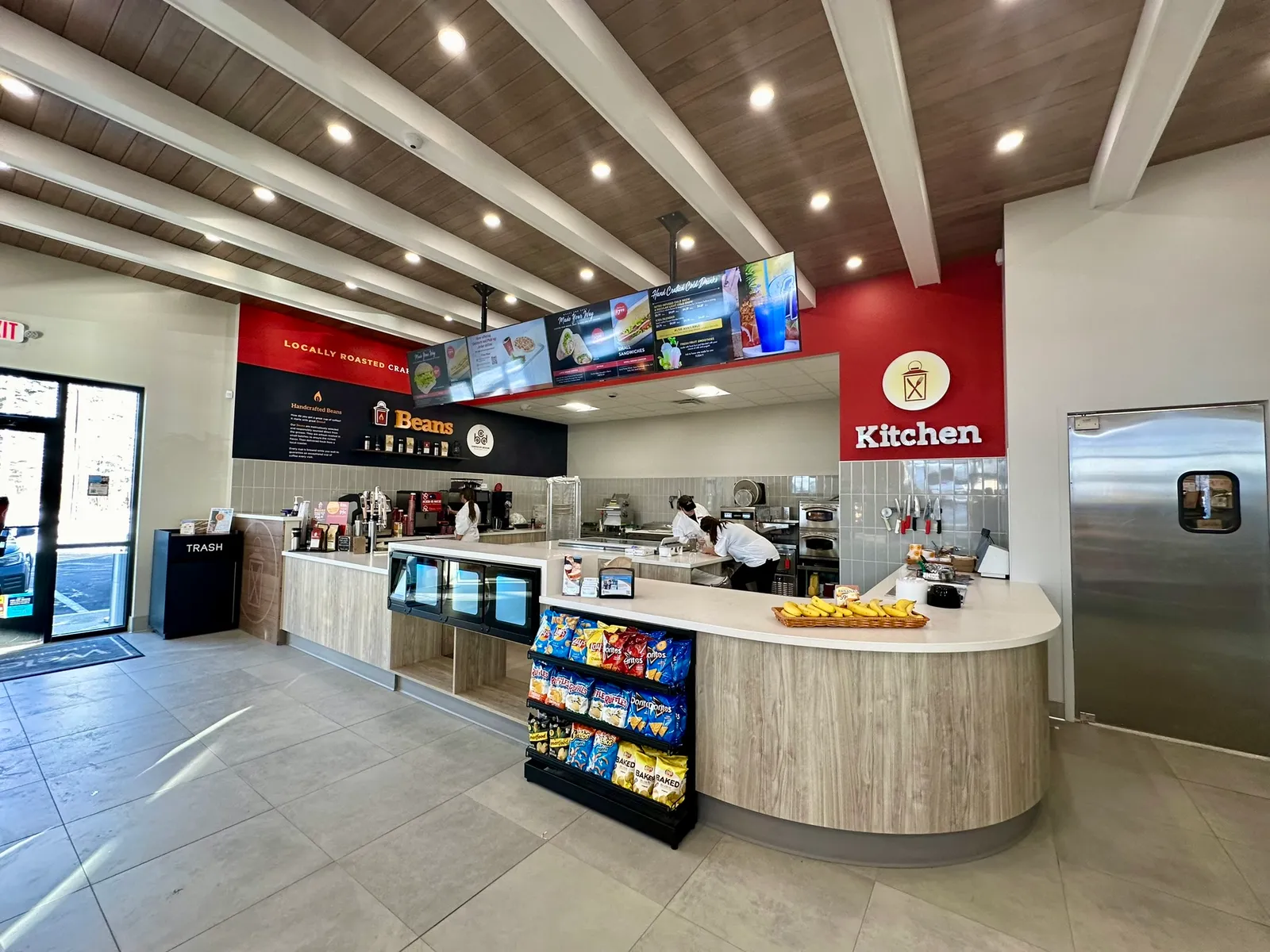
Food-focused designs
With c-stores increasingly competing with QSRs and even taking a page out of their playbooks in some cases, it’s not surprising to see more retailers focusing their stores around fresh food.
In early December, Rusty Lantern Markets opened the first of three planned stores with a redesigned look focused on the kitchen area. The building not only dedicated more space to food prep areas but also streamlined the design to make it easier for employees to navigate their daily tasks. There’s also more area for seating and a cozy atmosphere.
Family Express has also rolled out a new format with a “major focus on foodservice,” the company said in October. The redesign is not only expected to appeal more to younger consumers, the company said, but help expand its footprint by 20 new stores, as well.
In March, Dash In rolled out its latest prototype, which made the fresh foods the centerpiece of the design. In addition to the look and layout of the store itself, the updated store also includes a refreshed menu with a focus on fresher, healthier ingredients.
“We talked about it being a restaurant that also sells convenience products and fuel, versus … a convenience store that has c-store food,” said Mark Samuels, executive vice president of convenience retailing for The Wills Group, Dash In’s parent company, in an interview earlier this year.
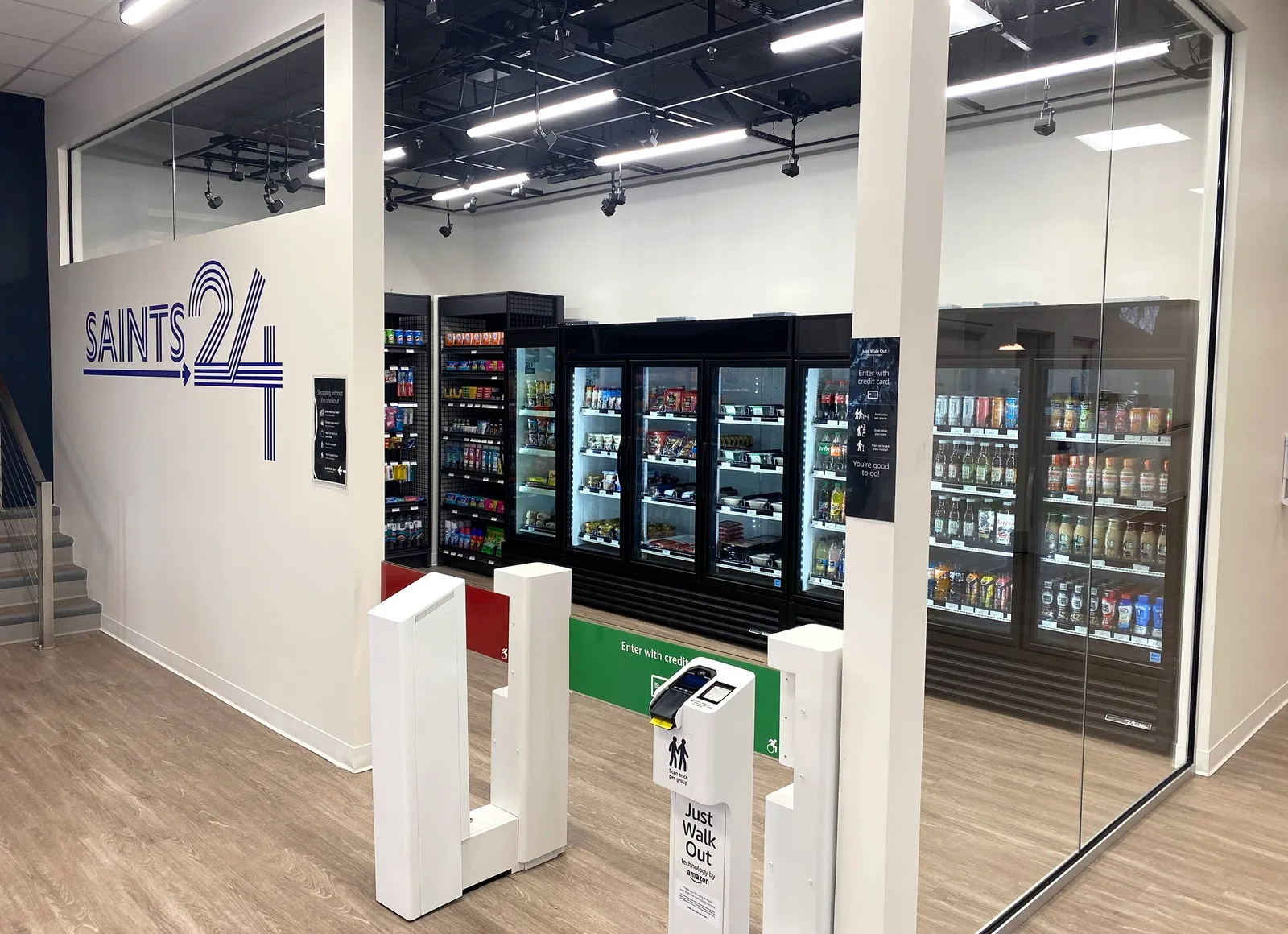
Frictionless shops
While a number of convenience retailers have tested fully automated checkout from companies like AiFi, Amazon, Grabango and Standard AI in the past few years, the industry has not moved to incorporate that technology on a larger scale.
However, frictionless checkout has found a home in some other locations, like colleges, universities and sports arenas — places where speed is paramount and lines are more likely to cause a customer to miss something important.
Zippin, in particular, is making a name for itself in sports arenas. Its first four stores in Allegiant Stadium in Las Vegas have performed very well, increasing the per-store revenue in the entire venue by 86%. This led to Allegiant’s owners deciding to boost the number of Zippin stores to 12.
The technology has also cropped up at a number of on-campus c-stores in the past year. The first campus shop powered by Amazon’s Just Walk Out technology opened at Marymount University in Arlington, Virginia, in March, followed by locations at the University of Dayton, the University of Pittsburgh and a Loyola University Maryland store that’s also integrated with Grubhub.
AiFi, meanwhile, has opened its second such store at the University of San Diego this year, after opening its first late in 2022.
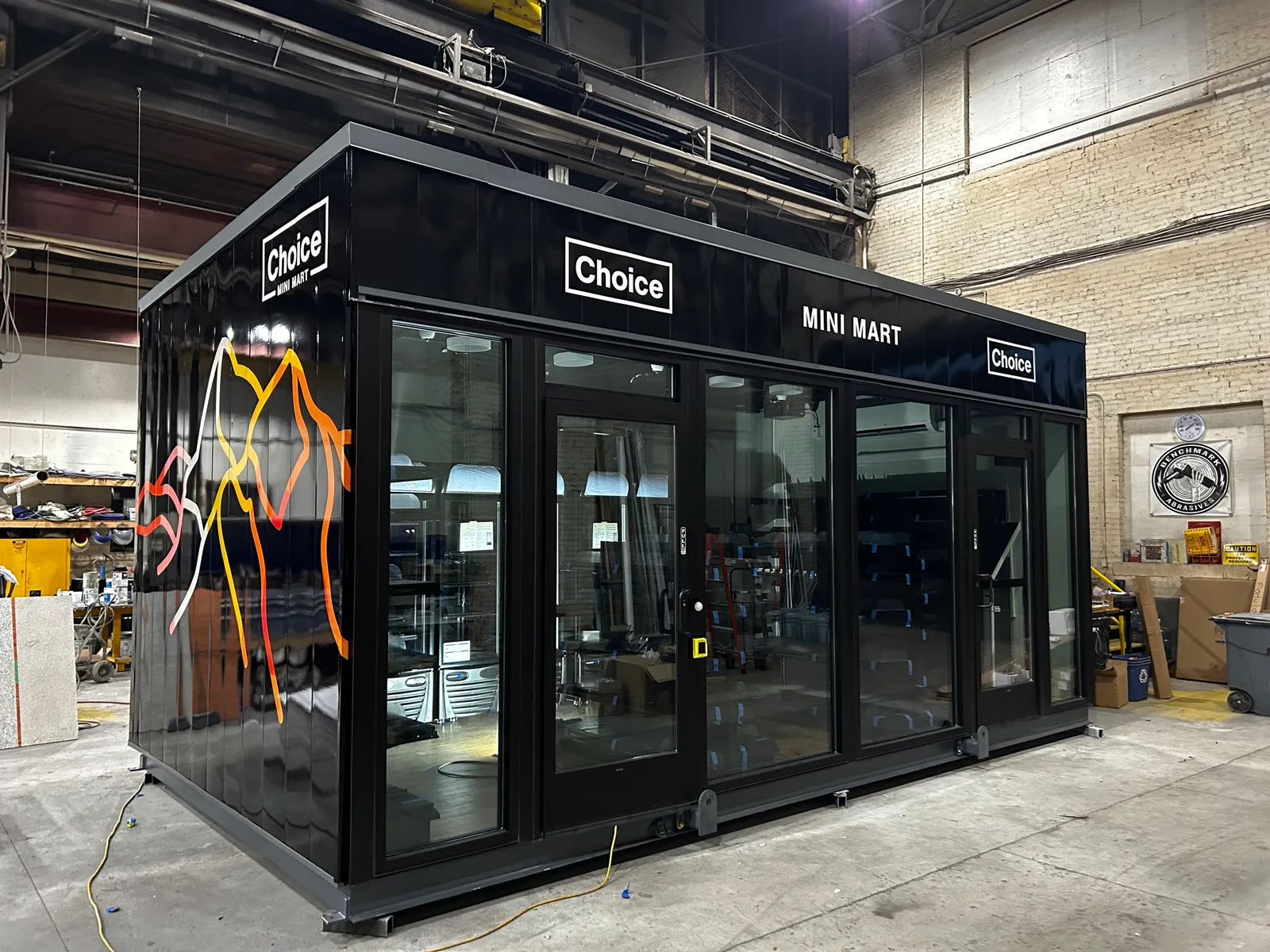
Unstaffed micro-markets
Companies like Juxta and Venhub are taking automated c-stores and making them portable. These pre-built, compact designs don’t require the time commitment or the land that a typical c-store depends on to compete.
The Juxta Nomad, which debuted this summer, can comfortably house 500 SKUs and can be set up at a new location in half a day.
“Most retailers that we’re working with are looking at things like college campuses, office parks — embedding further into communities than they can with a traditional convenience store,” said Steve Liguori, co-founder and chief marketing officer for Juxta.
The store uses automated checkout, and only needs staff to come in and clean or restock regularly. Choice Markets, Golden Pantry and Yesway have all already begun testing the waters with the Nomad, with Choice Markets debuting its microstore at a recent music festival.




